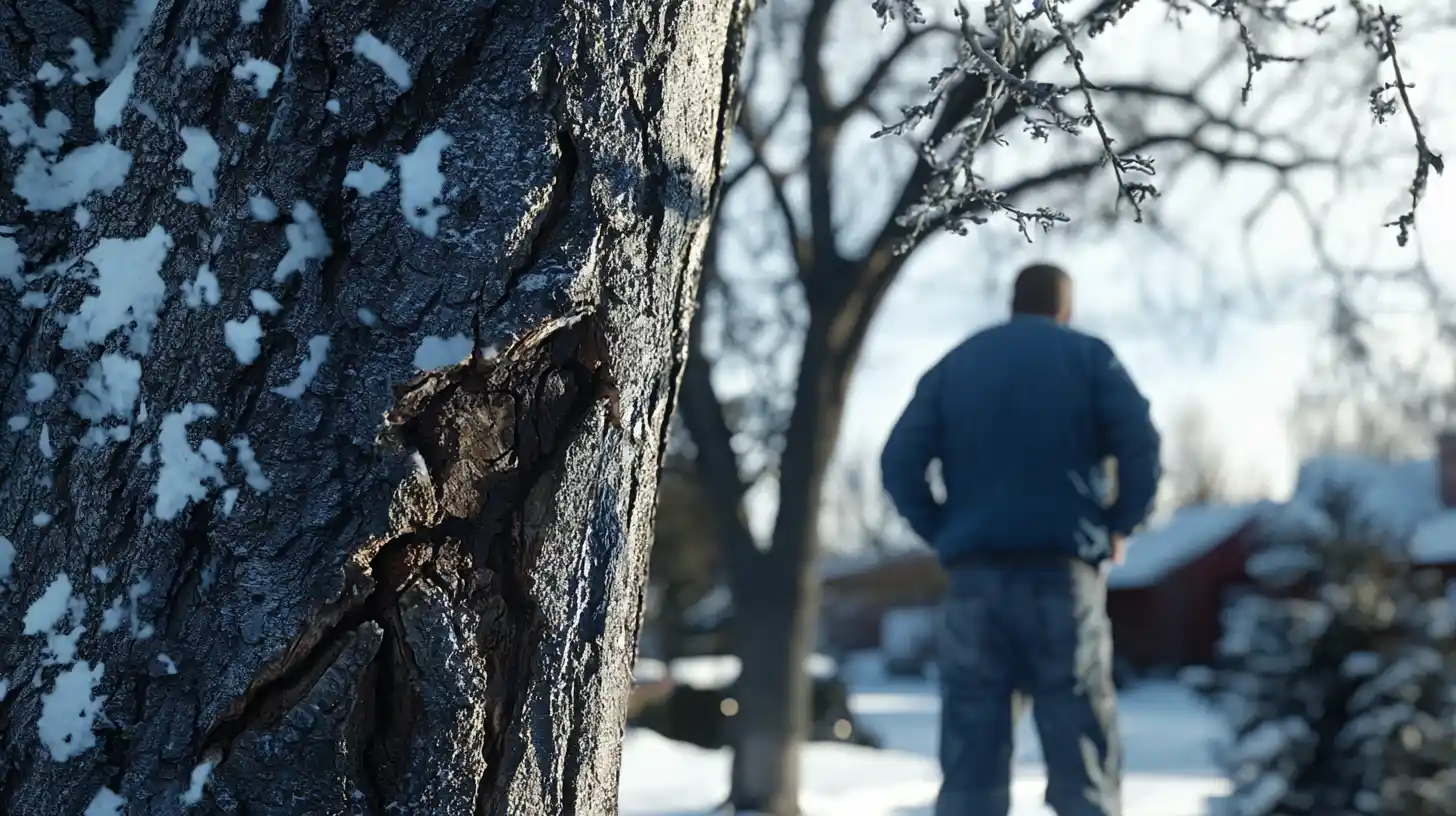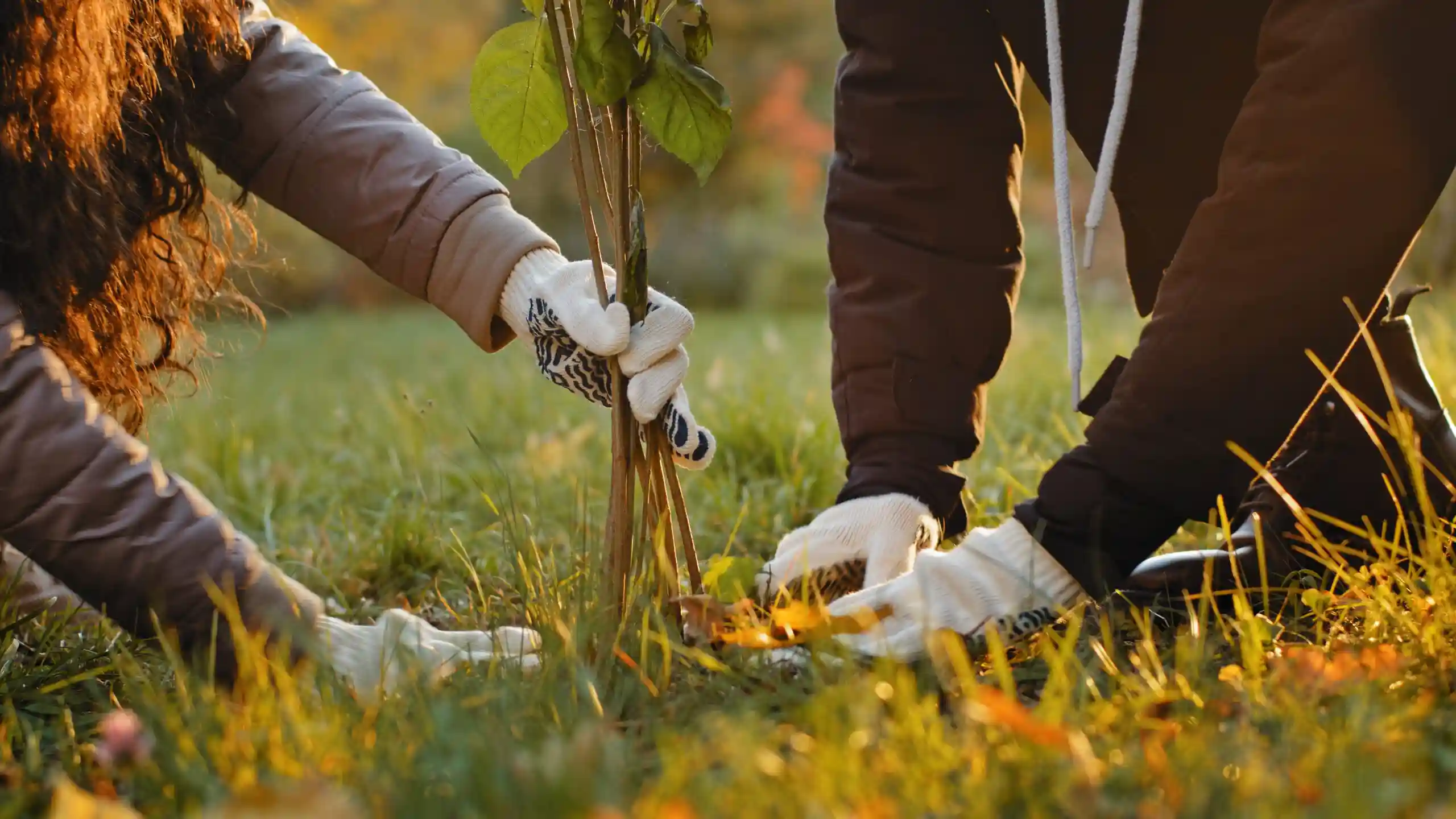How to properly water and fertilize your plants are two of the most important things you can do to keep your plants healthy. By providing your plants with the right amount of water and nutrients, you can help them grow strong and produce beautiful flowers and fruits.
Watering
The amount of water your plants need will vary depending on the type of plant, the climate, and the time of year. In general, however, most plants need about an inch of water per week. You can check the moisture level of the soil by sticking your finger into the soil up to the first knuckle. If the soil is dry, it’s time to water.
When watering your plants, it’s important to water deeply so that the water reaches the roots. You can do this by watering slowly and deeply, or by using a soaker hose. Avoid watering the leaves of your plants, as this can lead to fungal diseases.
Here are some additional tips for watering your plants:
- Water your plants in the morning or evening to avoid the heat of the day.
- Water at the base of the plant, rather than overhead.
- Water deeply and thoroughly, until water runs out of the drainage holes in the pot or planter.
- Allow the soil to dry out slightly between waterings.
- Be careful not to overwater your plants, as this can lead to root rot.
Fertilizing
Fertilizer provides plants with the nutrients they need to grow and thrive. There are many different types of fertilizers available, so it’s important to choose one that is right for your plants.
When fertilizing your plants, it’s important to follow the directions on the fertilizer label. Too much fertilizer can actually harm your plants.
Here are some additional tips for fertilizing your plants:
- Fertilize your plants regularly during the growing season.
- Choose a fertilizer that is specifically designed for the type of plants you are growing.
- Apply fertilizer to the soil around the base of the plant.
- Water the plants after fertilizing to help the nutrients soak into the soil.
- Avoid fertilizing your plants during the hottest part of the day.
Here are some additional tips for watering and fertilizing specific types of plants:
- Container plants: Container plants need to be watered more often than plants in the ground, as the soil in containers dries out more quickly. Be careful not to overwater your container plants, as this can lead to root rot. Fertilize your container plants every two weeks with a balanced fertilizer.
- Trees and shrubs: Trees and shrubs need to be watered deeply and thoroughly. Water your trees and shrubs once a week, or more often during hot, dry weather. Fertilize your trees and shrubs in the spring and fall with a slow-release fertilizer.
- Flowers: Flowers need to be watered regularly, especially during the hot summer months. Water your flowers deeply and thoroughly, allowing the soil to dry out slightly between waterings. Fertilize your flowers every two weeks with a balanced fertilizer.
- Vegetables: Vegetables need to be watered regularly, especially during the hot summer months. Water your vegetables deeply and thoroughly, allowing the soil to dry out slightly between waterings. Fertilize your vegetables every two weeks with a balanced fertilizer.
By following these tips, you can properly water and fertilize your plants and help them thrive. Follow us on Instagram



